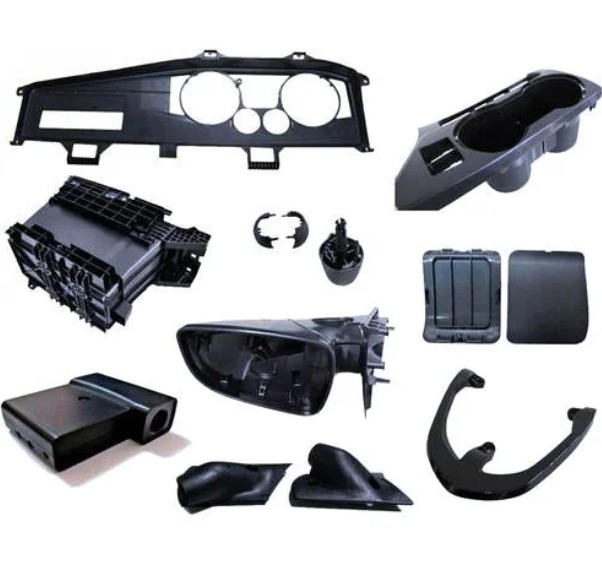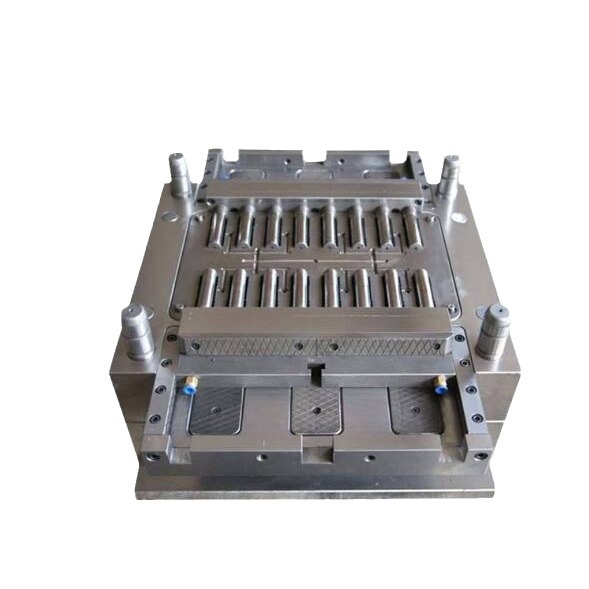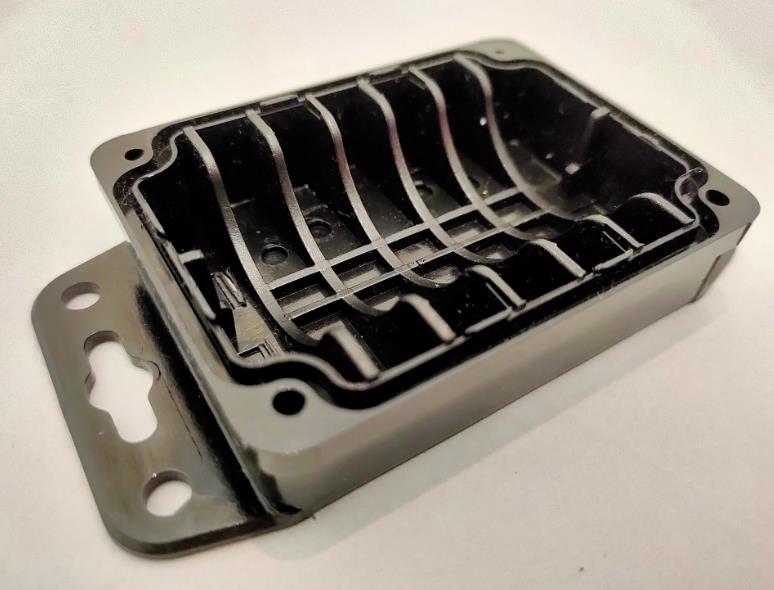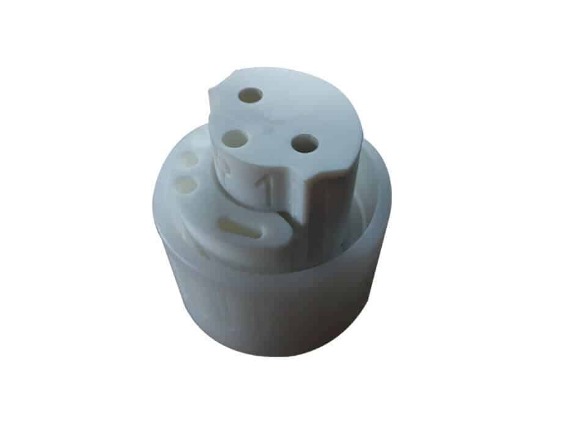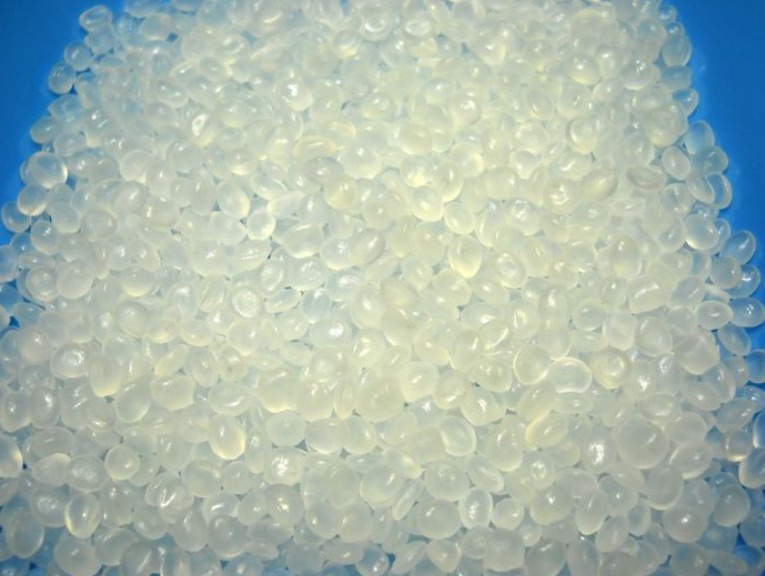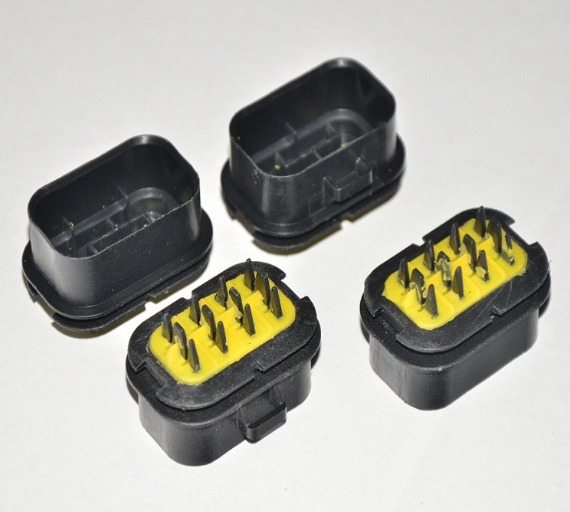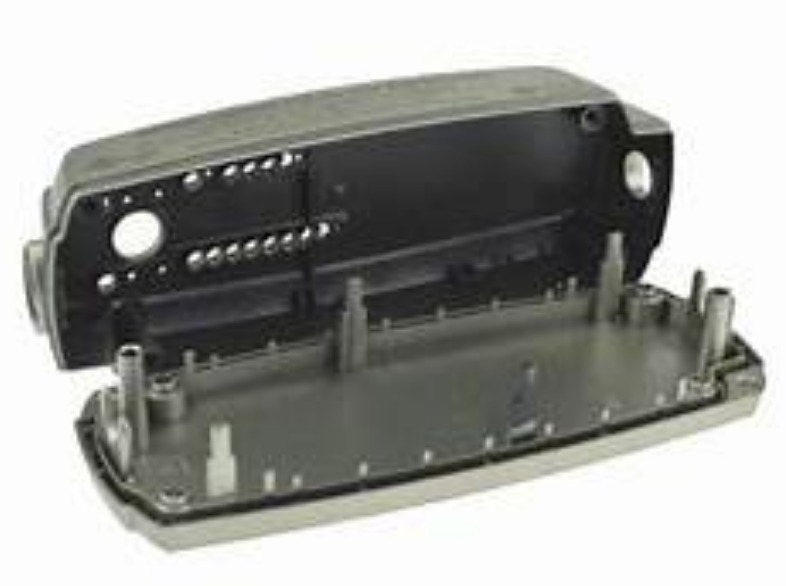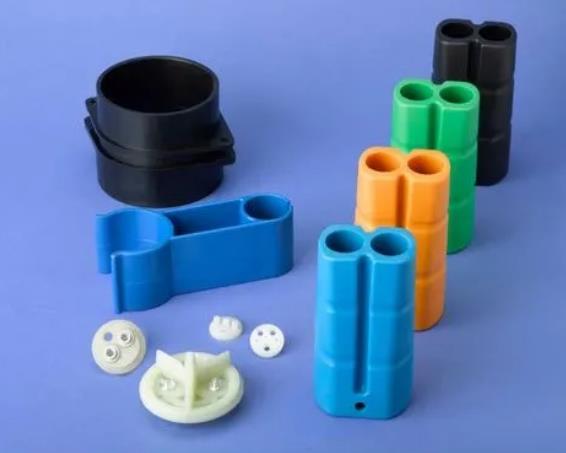What is Cold Slug Injection Molding
Cold slug injection molding refers to a phenomenon in the injection molding process where a cold, solid mass of plastic, known as a cold slug, enters the mold cavity. This cold slug is typically formed at the beginning of the injection cycle.
Here's how it forms: During the injection molding process, the plastic material is first heated in the barrel of the injection molding machine until it reaches a molten state. When the injection process starts, the initial portion of the molten plastic that is pushed out of the nozzle has been in contact with the relatively cooler areas near the nozzle tip and the sprue (the channel that connects the nozzle to the mold cavity). As a result, this part of the plastic cools down rapidly and solidifies before it can fully enter the mold cavity in a proper molten state, creating a cold slug.
For example, think of a water hose that has been left outside in cold weather. When you first turn on the water, the initial water that comes out may be colder than the water that follows because the hose has cooled the water that was sitting in it. Similarly, in injection molding, the cold slug is the "colder" (solidified) part of the plastic that comes out first due to the cooling effect of the nozzle and sprue area. Cold slugs can cause various issues in the injection molding process, which we will explore in the next section.
Causes of Cold Slug Injection Molding
Understanding the causes of cold slug injection molding is crucial for finding effective solutions. Cold slugs can be formed due to a variety of factors, which can be mainly categorized into temperature - related issues, injection process factors, and design - related reasons.
Temperature - Related Issues
Melt Temperature
The melt temperature plays a fundamental role in the injection molding process. If the melt temperature is too low, the plastic material does not achieve a fully molten state. When the plastic is not properly melted, the initial portion pushed out during injection cools down even faster when it comes into contact with the cooler nozzle and sprue areas. For instance, for materials like ABS (Acrylonitrile Butadiene Styrene), the typical processing temperature range is around 200 - 240°C. If the melt temperature is set below 200°C, the plastic may not flow smoothly, and cold slugs are more likely to form. As the cold, semi - molten plastic enters the mold cavity, it can disrupt the filling process and cause defects in the final product.
Mold Temperature
An uneven mold temperature can also contribute to cold slug formation. When different parts of the mold have significant temperature variations, the plastic melt cools at different rates as it flows through the mold. The areas with lower mold temperatures cause the plastic to solidify prematurely. Consider a large - scale mold for manufacturing automotive parts. If the mold has hot spots and cold spots due to inefficient cooling channels, the plastic melt may start to solidify in the colder regions near the sprue. This solidified portion then acts as a cold slug and can impede the flow of the remaining molten plastic into the cavity, leading to incomplete fills or surface imperfections.
Injection Process Factors
Injection Speed
The injection speed has a direct impact on the formation of cold slugs. If the injection speed is too slow, the plastic spends more time in the nozzle and sprue, allowing it to cool down significantly. This cooled plastic forms a cold slug before it can fully enter the mold cavity. On the other hand, if the injection speed is too fast, it can create a turbulent flow. The turbulent flow may cause the plastic to mix unevenly, and the outer layers of the plastic in contact with the cooler surfaces (such as the nozzle) cool rapidly, forming cold slugs. For example, in the production of small, intricate plastic components, a slow injection speed might result in cold slugs that cause the delicate features of the part to be misformed.
Injection Pressure
Injection pressure that is either too low or too high can lead to cold slug problems. When the injection pressure is too low, the plastic may not be forced through the nozzle and into the mold cavity quickly enough. As a result, the plastic cools in the nozzle and sprue, creating cold slugs. Insufficient pressure also means that the plastic may not have enough force to overcome the resistance in the mold, leading to incomplete filling and the presence of cold slugs in the partially filled areas. Conversely, excessive injection pressure can cause the plastic to flow too quickly, leading to turbulent flow and the formation of cold slugs due to rapid cooling at the nozzle - mold interface.
Design - Related Reasons
Gate Design
A poorly designed gate can be a major cause of cold slug accumulation. If the gate is too small, it restricts the flow of the plastic melt. The restricted flow causes the plastic to slow down and cool as it passes through the gate. This cooled plastic can then form cold slugs. Additionally, the shape and location of the gate matter. For example, a gate that is not properly aligned with the flow path of the plastic can create stagnation points where the plastic sits and cools, leading to cold slug formation. In a multi - cavity mold, if the gates are not balanced, some cavities may receive a lower flow rate of plastic, increasing the likelihood of cold slugs in those cavities.
Runner System
The runner system, which channels the plastic melt from the nozzle to the mold cavities, can contribute to cold slug generation if it has design defects. A long or narrow runner can cause the plastic to lose heat and cool down during its journey. The cooled plastic can then form cold slugs before reaching the cavities. If the runner system has sharp corners or irregularities, it can disrupt the flow of the plastic, leading to areas where the plastic cools and solidifies prematurely. For example, in a complex runner system with multiple branches, the plastic may cool more in the outer branches due to a larger surface - to - volume ratio, resulting in cold slugs that enter the corresponding cavities.
How to Avoid Cold Slug Injection Molding
Now that we have a clear understanding of what cold slug injection molding is and its causes, let's explore some effective strategies to avoid it. By implementing the following methods, you can significantly reduce the occurrence of cold slugs and improve the quality of your injection - molded products.
Temperature Control Strategies
Melt Temperature Optimization
Maintaining the right melt temperature is crucial. First, refer to the material manufacturer's recommendations for the optimal temperature range. For example, for polyethylene (PE), the typical melt temperature range is around 180 - 230°C. Use a reliable temperature control system on your injection molding machine to ensure the temperature is consistent throughout the barrel. Regularly check and calibrate the temperature sensors to prevent inaccurate readings. You can also use temperature profiling techniques to monitor the temperature distribution along the barrel. If the temperature is too low, increase it gradually in small increments and observe the effect on the plastic flow and cold slug formation. However, be cautious not to over - heat the plastic, as this can lead to material degradation.
Mold Temperature Management
To ensure an even mold temperature, design an efficient cooling and heating system. Incorporate cooling channels that are evenly distributed throughout the mold. For molds with complex geometries, use conformal cooling channels, which can follow the shape of the mold cavity more closely, providing more uniform cooling. Install temperature sensors at key points in the mold to monitor the temperature in real - time. If there are cold spots, adjust the cooling water flow rate or temperature in those areas. For some materials, pre - heating the mold to a suitable temperature before starting the injection process can also help prevent cold slug formation. For instance, when molding polycarbonate (PC), pre - heating the mold to around 80 - 120°C can improve the plastic's flow and reduce the risk of cold slugs.
Optimizing the Injection Process
Injection Speed Adjustment
Find the right injection speed by conducting test runs. Start with a moderate injection speed and gradually increase or decrease it based on the results. For materials with high viscosity, a higher injection speed may be required to quickly push the plastic through the nozzle and into the mold before it cools. However, for small or intricate parts, a slower injection speed might be necessary to ensure proper filling without causing turbulence. You can also use a multi - stage injection speed profile. For example, start with a slow speed to push out the initial cold slug - prone material, then increase the speed for the main filling stage, and finally, slow down again near the end of the filling to prevent over - injection and minimize internal stresses.
Injection Pressure Tuning
Determine the appropriate injection pressure through trial and error. Begin with a lower pressure and gradually increase it until the mold is filled completely. Monitor the pressure throughout the injection cycle using a pressure sensor. If the pressure is too low, increase it to ensure the plastic can overcome the flow resistance in the nozzle, sprue, and runner system. But be careful not to apply excessive pressure, as this can lead to flash, warping, or damage to the mold. For parts with varying wall thicknesses, adjust the injection pressure accordingly to ensure uniform filling. In some cases, using a pressure - controlled injection system can provide more precise control over the injection process and help avoid cold slug issues.
Design Improvements
Gate Design Enhancements
When designing the gate, consider its size, shape, and location carefully. The gate should be sized appropriately to allow for smooth plastic flow without causing excessive shear or restriction. For a thin - walled part, a smaller gate may be sufficient, while a thick - walled part may require a larger gate. The gate shape can also impact the flow. A round or oval - shaped gate generally provides better flow characteristics than a square - shaped one. Place the gate in a location that promotes uniform filling of the mold cavity. Avoid areas where the plastic may have to flow a long distance or around sharp corners. Additionally, use techniques like gate balancing in multi - cavity molds to ensure that each cavity receives an equal amount of plastic at the same time.
Runner System Redesign
Optimize the runner system to minimize heat loss and ensure efficient plastic flow. Use a shorter runner length whenever possible to reduce the distance the plastic has to travel and the associated heat loss. The runner diameter should be large enough to allow for easy flow of the plastic but not so large that it causes excessive material waste. Smooth the inner surface of the runner to reduce flow resistance. If the runner system has branches, ensure that they are properly designed to distribute the plastic evenly. You can also use a hot runner system, which keeps the plastic in a molten state throughout the runner, eliminating the need for cold slugs to be formed in the runner and reducing material waste.
Yigu Technology's Perspective
As a non - standard plastic metal products custom Supplier, Yigu Technology deeply understands the significance of avoiding cold slug injection molding. We emphasize the importance of strict temperature control, both in terms of melt and mold temperature. Precise temperature management can prevent the premature solidification of plastic, thus reducing the formation of cold slugs.
Our design team focuses on optimizing gate and runner system designs. By carefully calculating gate sizes, shapes, and locations, as well as redesigning the runner system to minimize heat loss and ensure smooth plastic flow, we can effectively avoid cold slug - related issues.
Moreover, Yigu Technology adheres to strict quality control measures throughout the production process. From raw material inspection to in - process monitoring and final product inspection, we ensure that every product meets high - quality standards and is free from cold slug - induced defects.
FAQs about Cold Slug Injection Molding
What are the most common signs of cold slug injection molding?
The most common signs include cold slug marks on the product surface, which appear as dark or discolored streaks along the flow path of the plastic. Short shots, where the plastic fails to completely fill the mold cavity, are also prevalent. In some cases, the presence of cold slugs can lead to poor surface finish, with rough or uneven areas on the part. For example, in the production of plastic toys, cold slug marks might be visible as lines on the smooth surface, and short shots could result in missing details on the toy's design.
Can improper maintenance of the injection molding machine lead to cold slug issues?
Yes, improper maintenance can definitely cause cold slug problems. Malfunctioning temperature control elements, such as thermocouples that give inaccurate temperature readings, can lead to incorrect melt and mold temperatures. If the heating bands are not working properly, the plastic may not reach the required melt temperature, increasing the likelihood of cold slug formation. Worn - out nozzles or damaged runner systems due to lack of maintenance can also disrupt the plastic flow and contribute to cold slug generation. For instance, a nozzle with a rough interior surface can cause the plastic to cool prematurely as it passes through.
Are there any specific materials that are more prone to cold slug formation?
Some materials are more likely to form cold slugs. Crystalline plastics, like polyethylene (PE) and polypropylene (PP), are more sensitive to temperature changes during injection. Their high crystallization rates mean that they solidify relatively quickly. If the injection process is not carefully controlled, the initial portion of the plastic can cool and form cold slugs before it fills the mold cavity properly. For example, when processing PE, if the melt temperature is not maintained within the optimal range (around 180 - 230°C), cold slugs are more likely to occur compared to amorphous plastics like acrylic (PMMA) which have a more gradual transition from a molten to a solid state.
